Dear Friends and Partners:
It was a hunter who first picked it up, and he probably was a resident of the Hat Creek country itself. The year is anyone’s guess, but it may be as early as when the last sheets of mountain ice left the Rockies—over 10,000 years ago. He may have been more recently a member of the Bear Hats, a subtribe of the Shoshoni that found their home in the remote and isolated canyons of the Hat Creek tributaries. It was simply too hard to get in and out of these remote lands, and that reason of geographic obstacles caused the people of this part of earth to stay put.
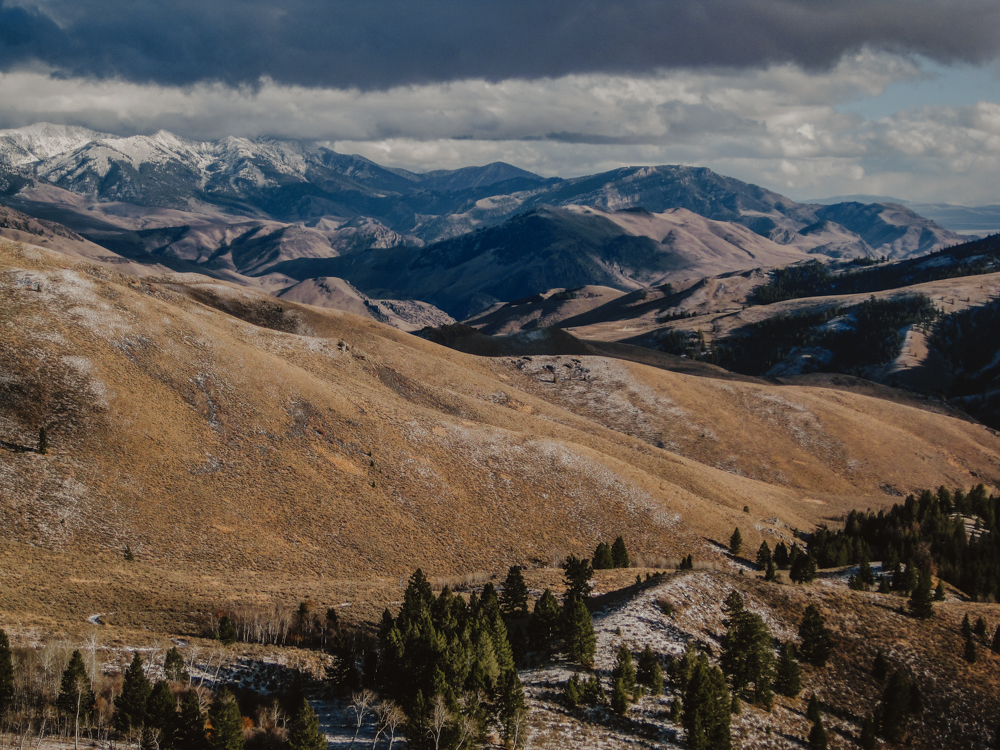
In those days, hunters looked at the ground nearly as much as they scanned the horizon for the deer, mountain sheep and bison that frequented the area. It is because they were looking for possibility. Possibilities needed constant evaluation in prehistoric culture because they often provided keys to survival.
And so, when his deerskin moccasin-covered feet padded onto the sharp volcanic ashy sand of the barren ridge between creeks, it was the vibrant color that first caught his eye: the bright green on one side of solid jasper. Stooping down, his fingers extracted the broken baseball-sized lump of dense rock from the otherwise white substrate punctuated by well-spaced bunchgrasses and milk-vetches.
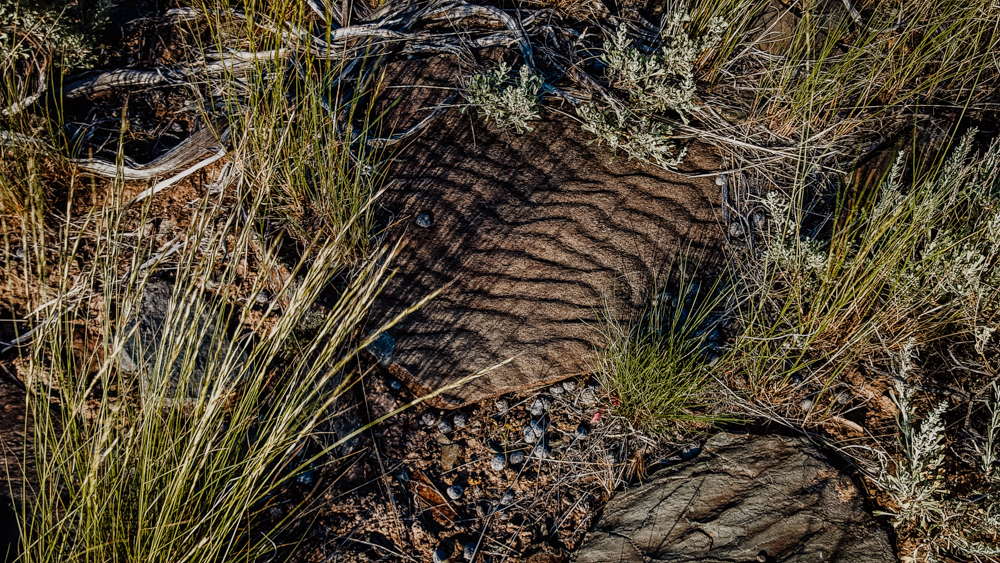
His thumb caressed the greasy-smooth feel of the open face of the piece, likely broken first by the powers of freezing and cracking and then helped along by the nudge of a passing bison.
Yes, it would do; it would serve as a core.
A core is what cultural archaeologists call the rock from which weapon points originate. Most cores found in central Idaho are made of pure obsidian, the black volcanic glass that when worked in a process we call flintknapping, can turn into deadly arrowhead and spearpoints, especially when wielded by an expert hunter. There is plenty of the black native glass associated with geologically recent volcanism and lava flows that wound its way across the southern tier of the state, culminating in Yellowstone Park, still volcanically active today.
But in this area, other types of volcanic rocks were deemed suitable by native hunters. The Hat Creek country happens to be covered with highly mineralized ash deposits that yield fine grained micro-crystalline rocks such as jaspers (opaque and very colorful) to chalcedonies and agates (semi-transparent). Both can be worked into sharp-edged points by expert flintknappers.
And the expertise came not by preference, but by necessity; Those hunters who were poor flintknappers also happened to be poor hunters. Points, though expertly dispatched via bow and arrow (or earlier atlatl—a leverage propelled spear), had a much higher failure rate simply because they didn’t penetrate the thick hides of native wildlife.
Bison were the most prized of all game because they not only offered abundant fat and protein, but they also offered sinew for toolmaking and sewing and hides for shelter and cloth.
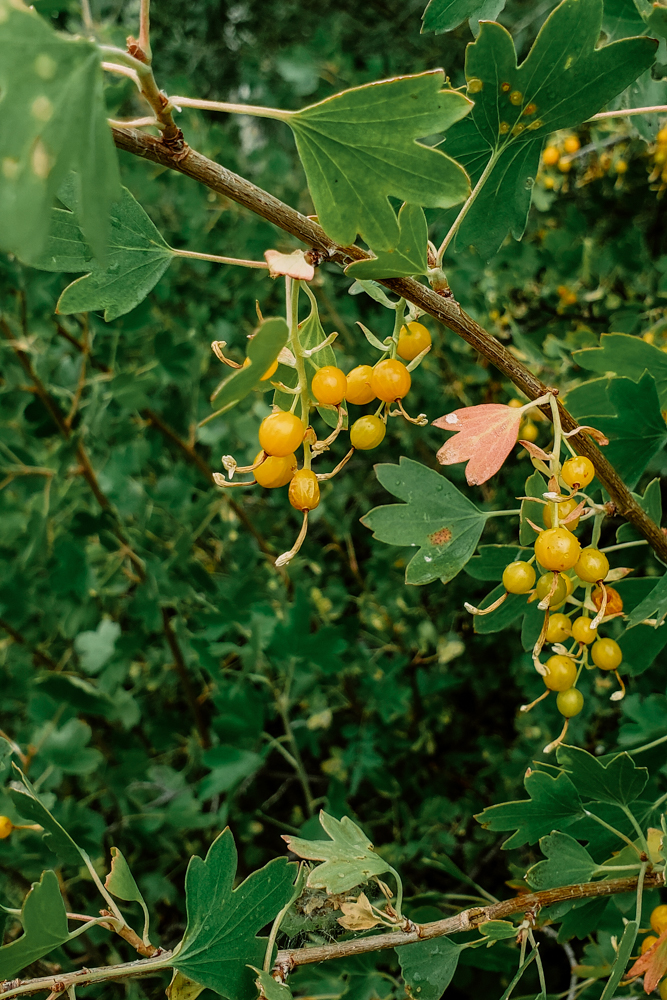
The problem with bison was that their hides proved to be the toughest of all game. Only the most razor-sharp points, properly hefted on a perfectly straight and balanced arrow shaft with perfect fletching (feathering) could meet the mark on bison effectively.
To put it simply: successful hunting offered survival. Although plants were an important part of native diets in the northern Intermountain West, they didn’t offer the energy or the protein complexity that animal flesh did. Short seasons in the north country of present-day Idaho and Montana, shallow soils, and droughty summer conditions made ancient agriculture practices impossible. There were no agrarian societies in the northern Rockies. Wild gathering of berries, roots and herbs only could be practiced for 1 or 2 months a year. But when people depended on animals to do their herbivory for them, they were able to extend their season of flourishing. It was why an entire culture of middle American native peoples became nomadic and made bison the centerpiece of their survivability.
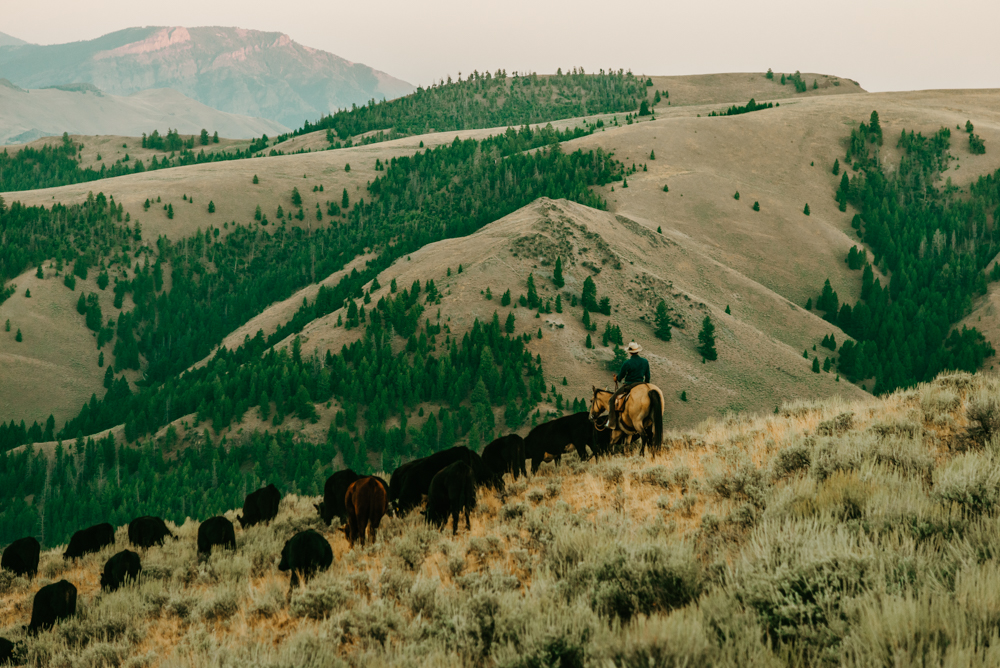
Our Bear-Hat hunter sat down on the ridge between two creeks. Today, they are called Iron Mountain Creek and Big Hat Creek. His vantage point offered views of both canyons and extensive views of the mountainsides that spilled down to the rushing creeks. And why not? He could scout for game as he shaped another point. He was likely camped nearby; food was abundant, as were such point sources. He located a striking stone and got set in a comfortable seat on the white volcanic ash, beginning the long process of knapping, or sculpting the core down to several points that would yield food for him—and his extended family.
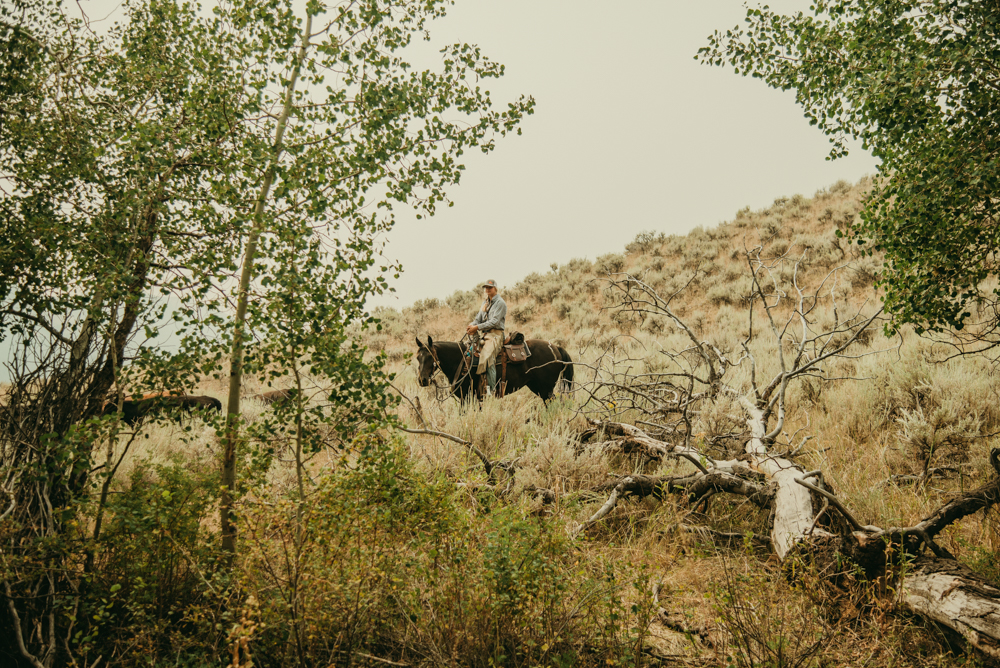
This piece of jasper was not only fine-grained and potentially sharp edged, but it was beautiful. Pink and purple bands accented the volcanic stone. Because of the beauty exhibited in many arrowheads, or points, it was clear that it was a point of pride to many hunters that looks were an important factor. And so, strike by strike with carefully aimed blows by another stone, a deadly point began to emerge in a way that defined nearly all types of sculptors I have met. They simply (to them) removed every piece of stone that did not meet their visualization of the final product.
Most of them followed the pattern of our hunter friend; they first worked the leading edges of the point, as there was no cause for working notches (for lashing to an arrow shaft) if the cutting sides would not reach their fullest functionality as a killing tool.
After several hours of work, one side of the point was taking shape nicely. Small concavities akin to a pattern of broken glass were creating a basis for the razor-sharp jagged edge needed to penetrate the hair and hide of a living and breathing animal. There would be no sights on his bow; he would shoot with impulse and instinct, envisioning the deposition of his arrowhead in a relatively small area about 1/3 of the way up from the ungulate’s chest, just behind the foreleg. Release would be through the practice and patience of well-honed timing and release.
Without the perfect concert of flintknapped perfection, the craft of bowyer (bow-maker), and fletcher (arrow-maker), and expert stalker and shooter, any failure ended in a rather simple equation. He would starve, as would his charges back in his camp or village.
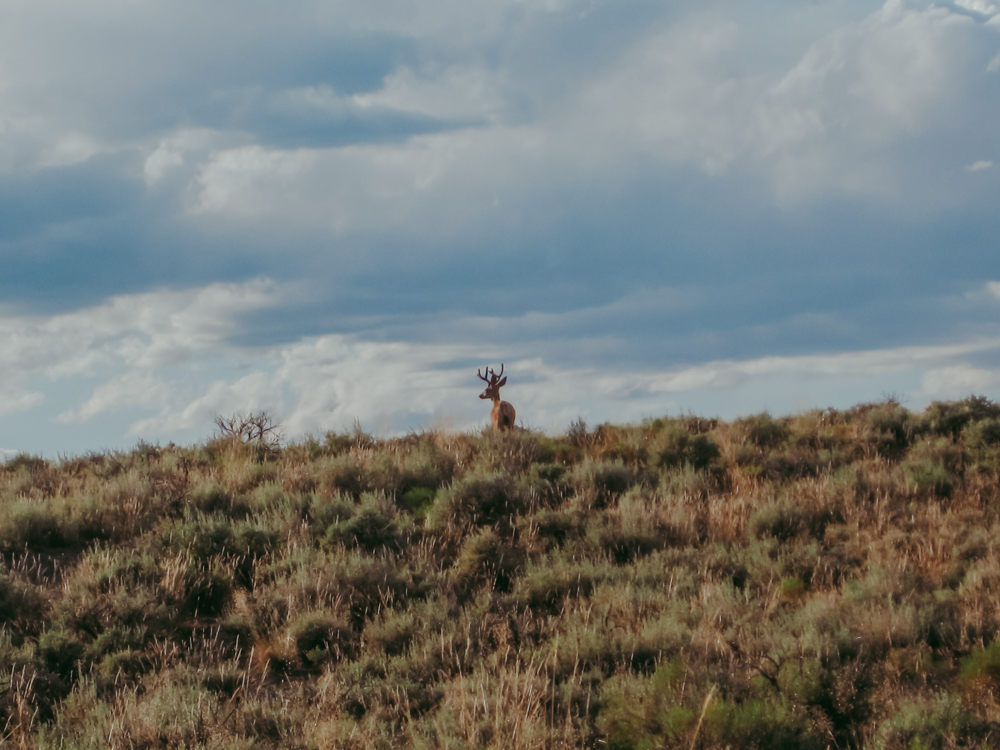
And it is why this particularly beautiful piece of jasper with pink and purplish bandings ended up on the ground, discarded by our knapper like an early cowpuncher’s sardine can. One microscopically misguided strike, either in force or direction, compromised the entire purpose of his work, and jasper fractured in a concavity that would make the symmetry required of a perfect projectile impossible.
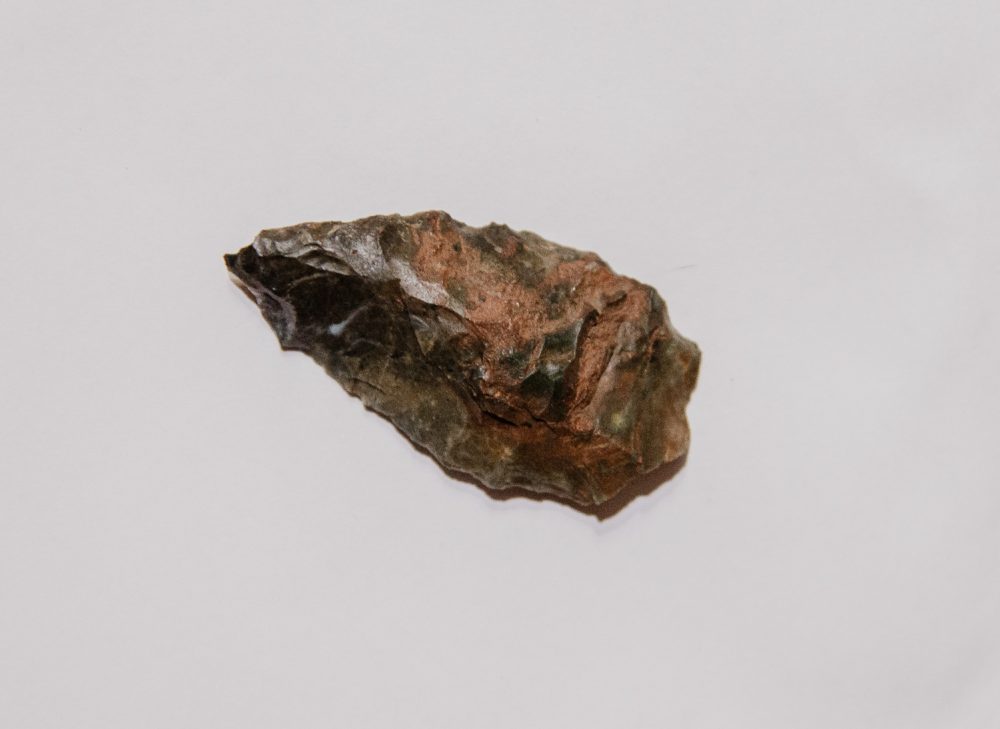
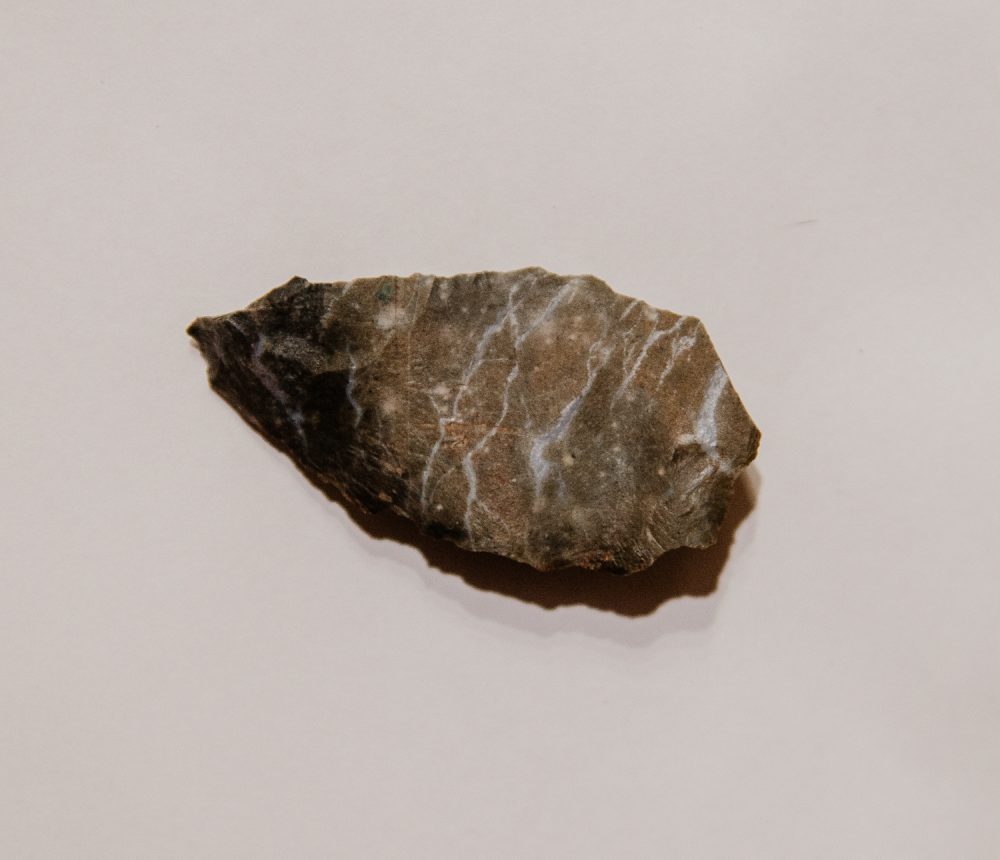
The 25-year-old four-wheel drive five speed diesel pickup growled up the steep and rocky part time creek bottom-track that we call a road on our 70 square mile grazing range of the Hat Creek Country. First of all, it was loaded up with 5 cowboy-hatted range riders and two stock dogs—a tight fit for a two-door–and secondly it was full to the hilt with camp gear: fresh water, food, bedrolls, propane and horse feed.
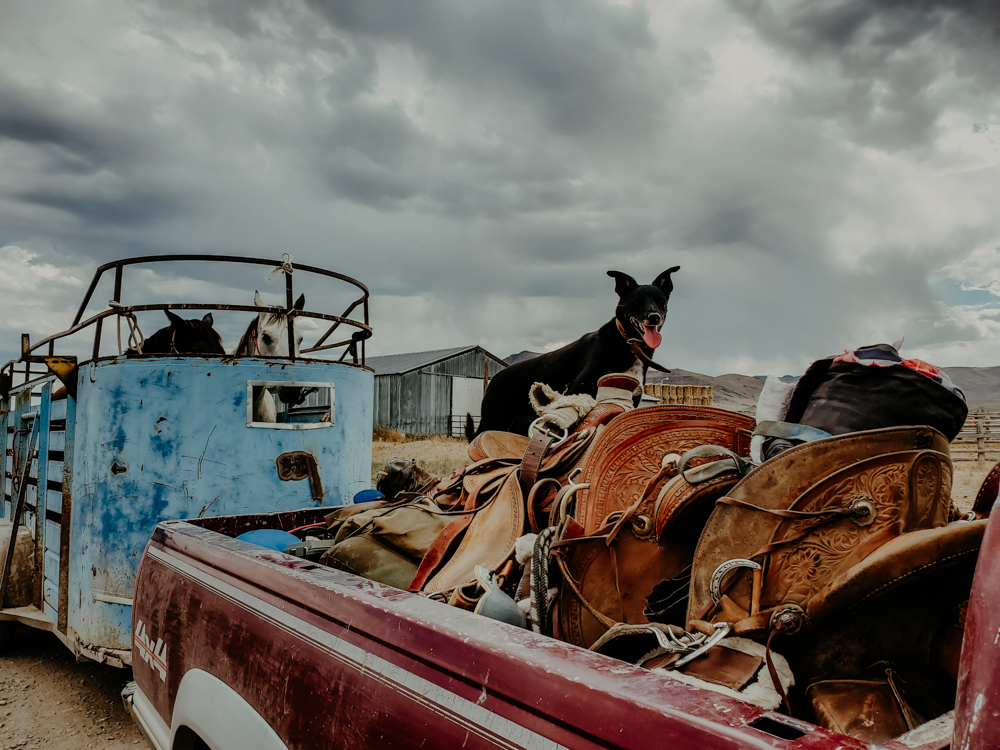
Thirdly, we had an open roofed trailer in tow with two horses onboard and 1 ton of hay, now traveling on 3 wheels as one of them was completely flat and shredded from incessant razor-sharp volcanic rocks on two tracked roads.
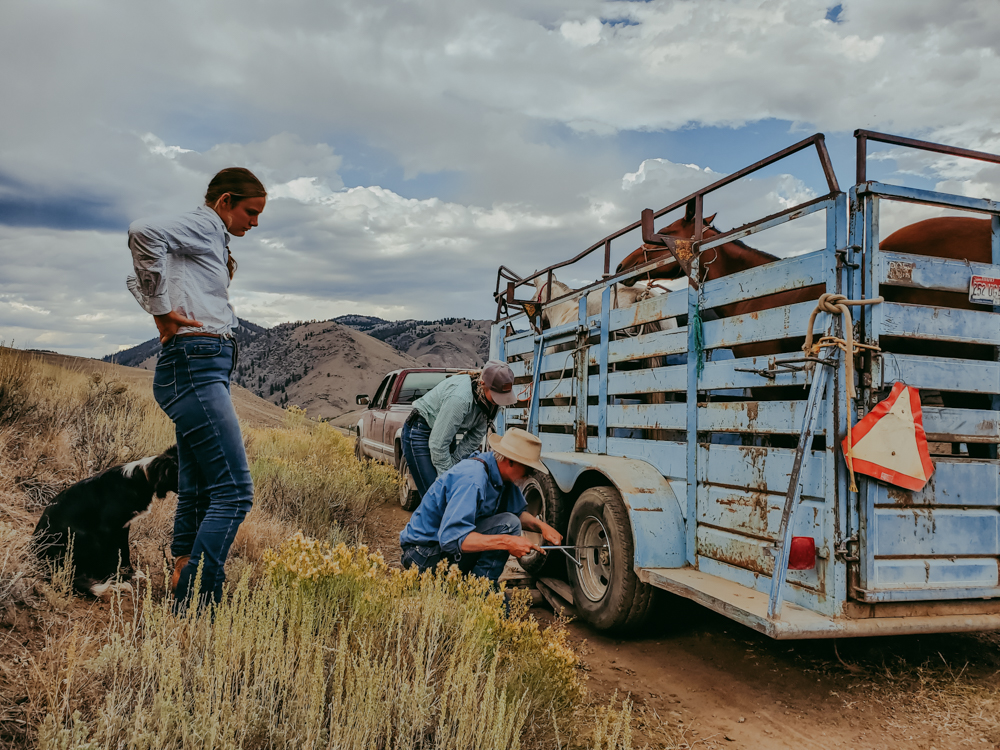
We were entering a flatter section of trail through a dense quaking aspen forest. The white barked trees crowded closer into the track each year, especially after we applied our new take of ecological grazing techniques and found a result of near instantaneous regeneration in the form of new sprouts. The road was tight. The wide-reaching mirrors flexed in with a “thud” after bumping into numerous trees. A look out the back window saw the quarter horse bay mare, Robin, ducking under the dense overhanging branches, now festooned with the golden leaves of fall.
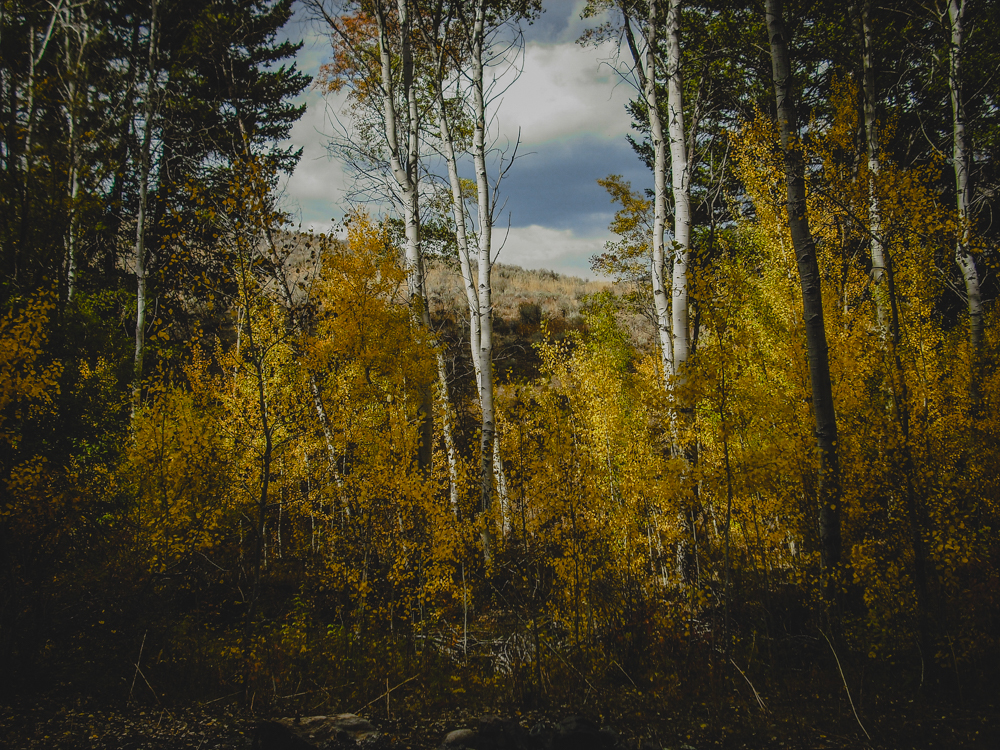
It is why we were going slow. Hauling horses creates a subconscious awareness based on experience that there are more than just humans on board. One must be careful to think of the body, heart, and mind of horse. Are there low hanging branches? Is it snowing or hailing (how would you like sleet in the eye at 50 MPH?).
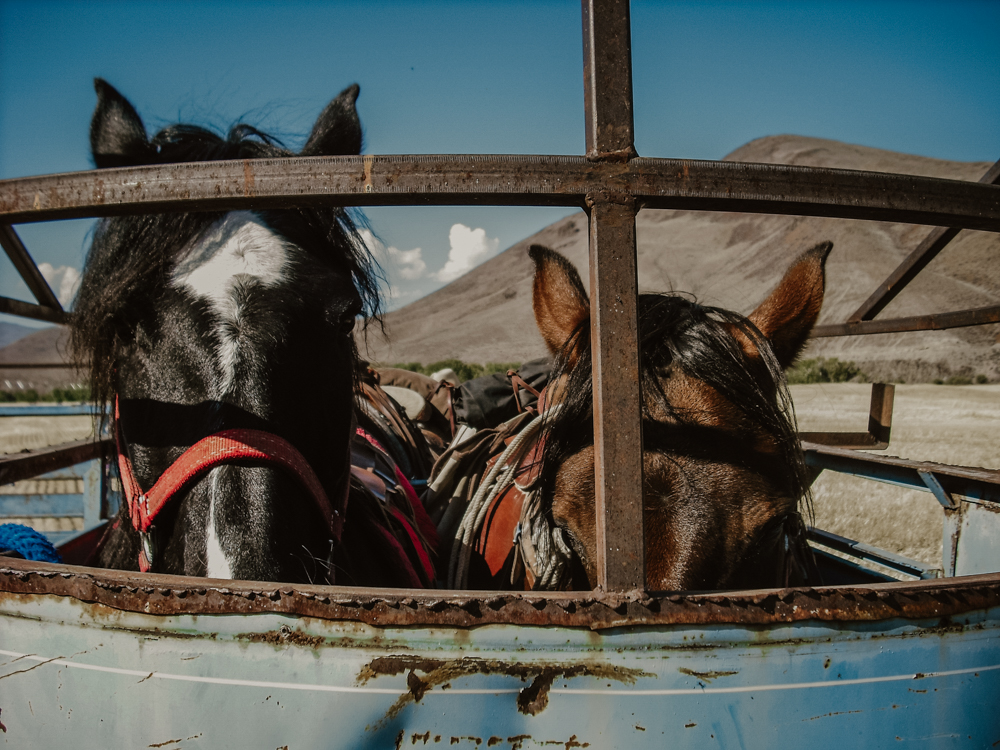
I remember one time we had 4 head in the same blue trailer with open top. It was a load, and the tires were bulging. We came around in a bend in the track and dropped down into creek bottom through dense brush only to find that the beavers had come in overnight the day before and built a huge dam just downstream of our normally reliable crossing.
It was too late. There was no place to turn around or to take as a detour in the densely wooded and rocky canyon in Lower Big Hat Creek. And it was getting dark. The black swirl of the backwater created by the dam was all we could see in the headlights. I remember the concentric rings of rising trout in the mirror of the pond just as we hit the water with the pickup truck.
The headlights miraculously were above water as we churned through. Not too fast. I remembered—I had once before gone too fast, and the splash of water on the engine sent water over the distributor and the air cleaner.
And that was that. Dead. We walked for miles.
But this time, we didn’t even get much water leaking into the floorboards of the truck! We had it made! Our feet weren’t even wet.
But the horses were not psychologically prepared for such things. No time to think or see for them in the gathering darkness. As we pulled trailer through the deep waters, the deck the horses stood on went under 2 feet of water. They freaked out! I could hear their whinnying and commotion of rearing up and bucking (in trailer!) when the water hit them. Later on, I realized that their first impulse and insight into what was going on was that they were going all the way under.
It took a stop to calm them down and talk them through the situation, but no one was hurt, thank God.
Lesson learned.
Back to the golden trail through the aspens. All was well as we crawled through the tree until, there, just 50 feet off our bumper was an old Chevy paint peeling four-wheel drive coming at us, headlights on in the broad daylight. There was no way we were backing up in those trees.
We watched them through two dusty windshields as they thought for only a minute, and the driver, some longish gray haired older gent with glasses with a grizzled long unshaven and a little dirty face reverse drove by mirror (his were the short kind) back up the road from where they came.
Thank God they were mountain people. Driving backwards on a twisty narrow mountain road by mirror is an acquired skill made necessary by our weak definition of roads.
Finally, a wide spot appeared when aspen turned to Douglas-fir trees, and the driver and two women jumped out of the three-quarter ton truck.
“Hi Glenn!” said the dirty and dusty bib-overalled wearing mountain man.
It took me a second. “Bill!” It was Billy Thompson, expert mandoliner and bluegrass musician. Daughter Becky and I had gotten together with him on Wednesday nights pre-COVID to play music. We joined about 6 or 7 other bluegrassers in the former Westlander Bible Church (now owned by aspiring double bassist Frank, who opened his doors to bluegrass in the former sanctuary).
But Bill was more than that. He was a rockhound. Purveyor, polisher, and practitioner of the art of precious stones. He and I had talked at the last bluegrass gathering:
“Hey Bill. I think there might be some rocks up in our range country you might want to look at. I’m seeing some nice agates from horseback up there—and they might be gemstone quality.”
“Oh yeah?” His eyes registered a gem-finders sparkle. He was intrigued. I showed him some maps, and it was all it took. I would ask him after he started going up there how he did, and it was always a little cryptic, which was very normal in the rockhound world. Why would they betray the location of their finds? And why would they want to tell you of the time they took finding nothing (well that’s embarrassing).
But he was intrigued, and over the next few months was certainly finding some things on the volcanic, highly mineralized soils of our summer ranges. These areas are common in Idaho—although they can be extremely remote and therefore difficult to access. It is why Idaho is called “the Gem State.”
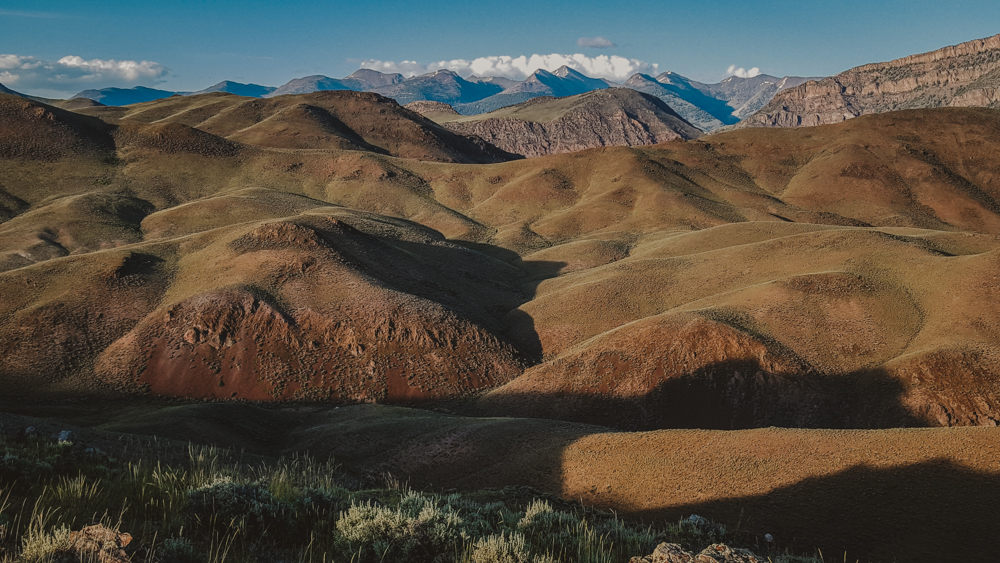
Most rockhounds never tell the truth of their finds. Only at Rise and Shine coffee one day did I find a shred of evidence that indeed, Mr. Thompson was on to something.
I was ordering my basic need of a quad shot jet black Americano (close to cowboy coffee as you can get in civilization) and began the wait for the barista to fill my order. As I was looking around the shop, I saw an acquaintance of mine in the back corner. It was Tony Huston; he purchases beef directly from us from time to time. On several occasions, we discuss music and specifically bass playing (I play acoustic), politics and rock. This is not rock and roll. This is rock—like gems and minerals. It turns out that Mr. Huston makes a living on setting stones in gold and silver—some local and others traded at gem and mineral shows.
Tony beckons me to come over and reaches into his pocket. He pulls out a tiny white box and hands it to me. He looks over my shoulder and around the shop, obviously concerned that someone might hear (or see) our conversation. When he was satisfied, he spoke again.
“Open it. I just wanted to show you this because I thought you might be interested. I found it up Hat Creek, after Bill took me up there. And I thought of you and your family. And how connected you seem to be to those mountains.”
I opened the box. Inside was a beautiful piece of cut and polished chalcedony—or pearl agate. Inside the translucent orb that Tony had brought to full expression—not too much unlike the artisanal craft of flintknapping in bringing out the native beauty and resplendence in a mineral material—were subtle hues of purple and pink that glowed as a pearl would.
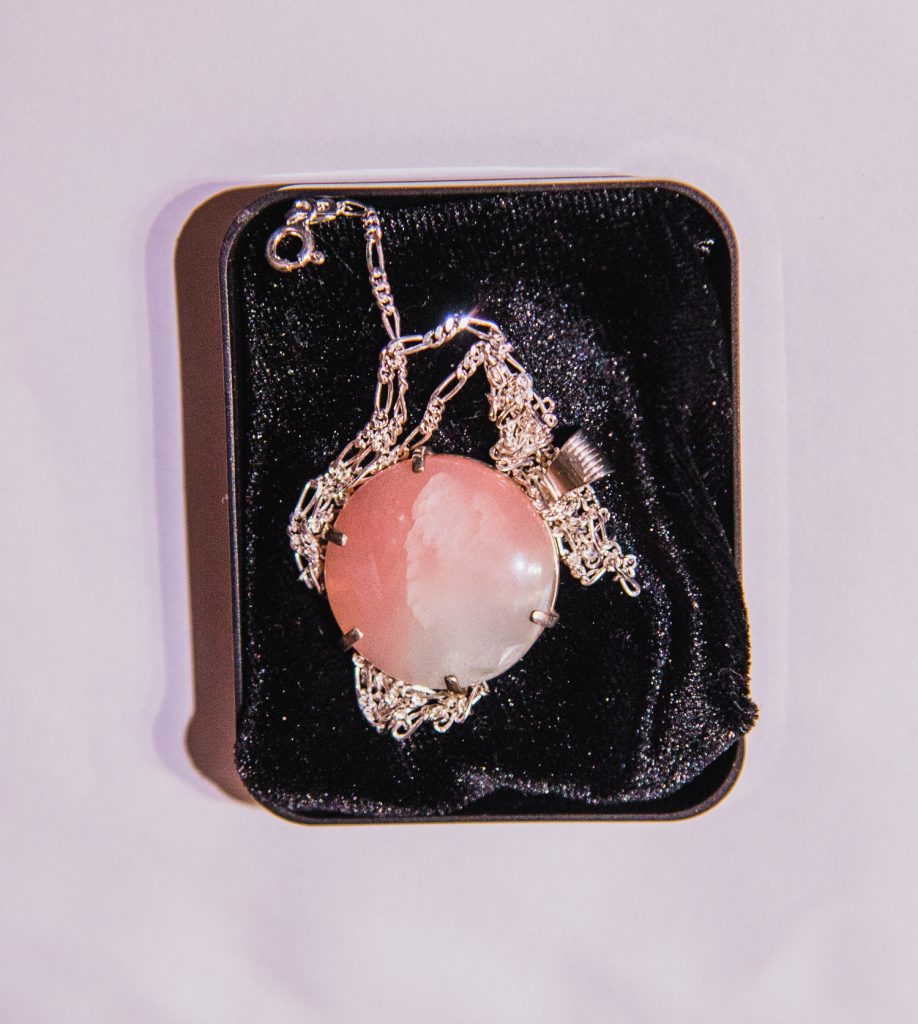
It was perfect. Caryl would love it as a necklace, as Tony would set it in silver, hung by a complementary fine silver chain.
Now, Caryl isn’t really that much for jewelry. Neither of us are. It is simply not a thing for us. We’d much rather be walking or riding horseback in the beauty of the mountains or in the native plant diversity of a wet and boggy meadow than have nice things.
But this was different, for the piece embodied Hat Creek. It told the story of the mineralized mountains and the volcanic origins of the rugged country we live and love in. It even connected with the food we raise on those mountains—that densely nutritious pastured protein that lives and ranges with our stewardship through those wild mountains. It completed a circle of story for us—and story is the way Caryl and I define our lives to some degree.
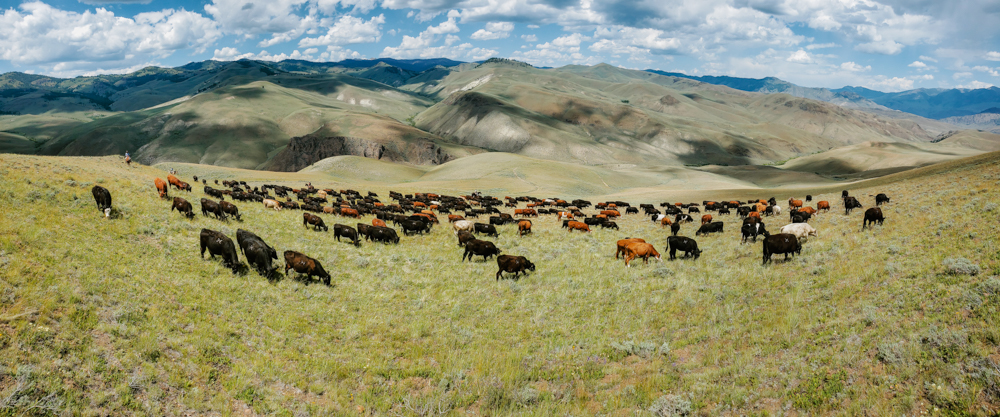
Speaking of story, what of that other artisan’s work, the hunter who discovered and worked that banded jasper partly completed arrowhead? Gone forever?
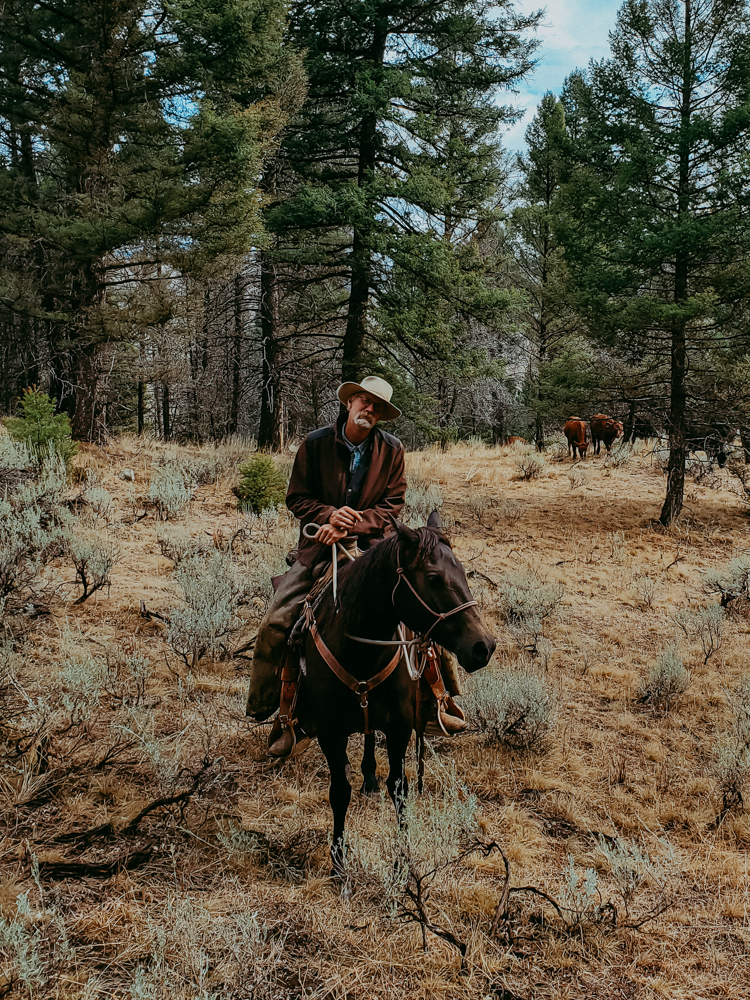
Hardly. It resides in my pocket, just as the pearl agate adorns Caryl’s neck. I look at it upon occasion, and am reminded of our tie to the land, and how we are simply continuing the legacy that our hunter friend found there. He discovered beautiful sustenance in that wild landscape.
I spotted the rock in the very place where our friend abandoned it—on the ridge between Big Hat and Iron Mountain Creek. The green arrowhead shape was half buried in volcanic ash in the shadow of my mare, Sunny, lying in the open between a bunchgrass and a milkvetch. I jumped off and pocketed it while herding 400 head of our beeves down from the ridge to the lush grasses in the valley below.
The arrowhead was right where he left it 5000 years ago, give or take a few hundred or more. Almost exactly where Mr. Tony Huston found that legendary pearl agate several months before.
Happy Trails!
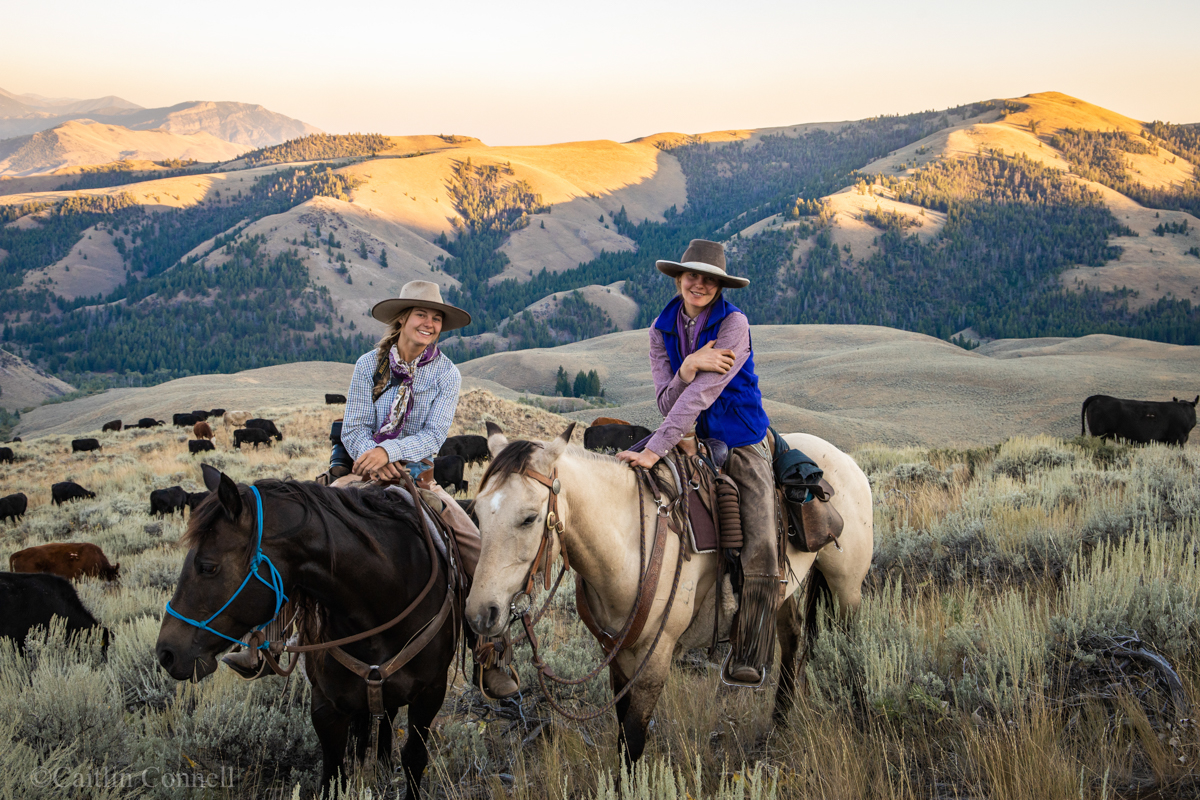

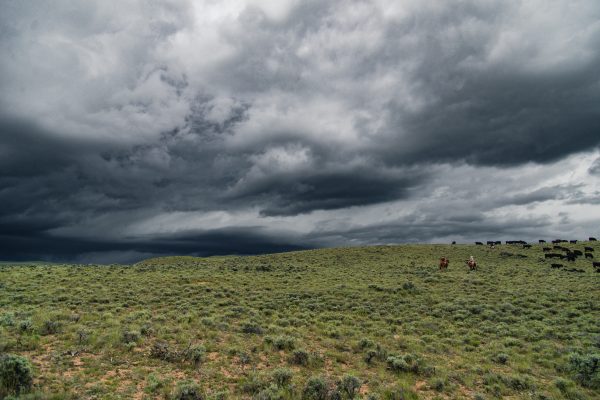


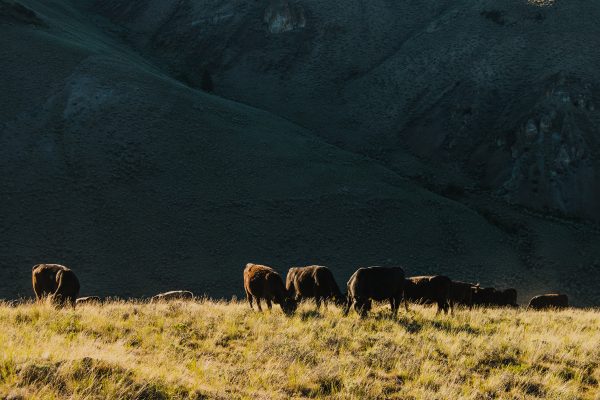


Deborah Olsen
I am truly impressed by Alderspring and your family, I can’t tell you how much I enjoyed reading your story of past to present I felt like I was part of a good book. You seem to grasp the knowledge that others miss in life of how everything and everyone past and present are woven together like a fine linen. I feel so blessed to have found your farm and family and I look forward to not only sharing family meals that you’ve put your blood, sweat and tears into but also reading how wonderful your family and workers seem to be so caring in everything you do!
Robin Poupard
Wonderful read! I don’t even know you but you ARE one of my favorite people! Your story transported me to the late 70’s when I worked for a U of Mn graduate student, searching farm fields for traces of tools and tool making in southern Minnesota. When I found a bifaced stone tool on the hill in the middle of a farmer’s field it was like the clouds opened up and the sun shone down on me as I held it up. I’ve never felt anything like that before…to know that someone so long ago had worked to make this a usable tool! Even though I never did anything with my anthropology/archaeology degree it’s OK…I still had that one momentous (for me) find! Thanks for reminding me of that.
Riley Parker
What an enjoyable read! Living on the western slope of Colorado, we are surrounded by land once inhabited by the Ute tribe. When i hike in this country I am always on the lookout for wild horses, and also for evidence of those who went before me. While it appears to be a harsh land to the untrained or uneducated eye, it is a land of plenty to those who understand what they are looking for and how to read the signs that point to food, water and shelter. Thank you for sharing.